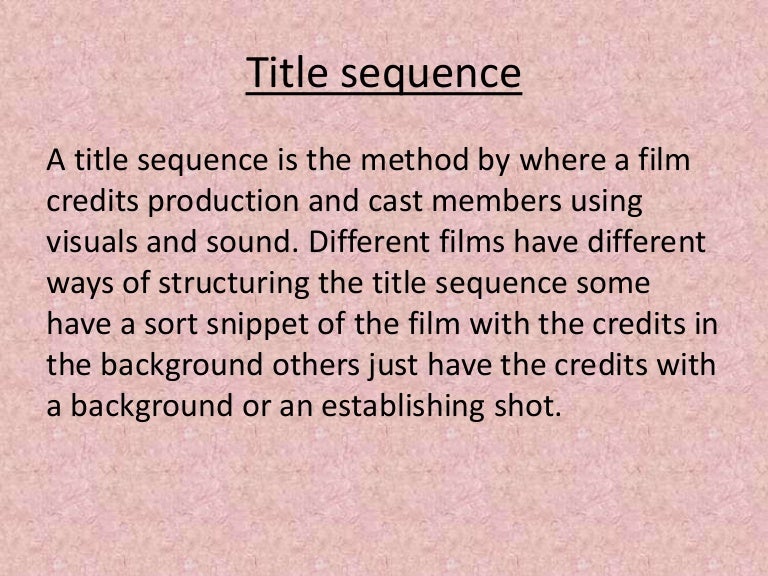

“It really comes down to world building that you just can’t do with traditional live action title sequences,” says Yu, who cited Disney and Marvel’s “WandaVision” as an example of unique title sequences that cater to an engaged fandom. Dramas, especially thrillers, mystery, and sci-fi tend to get the beautiful, intricate sequences that assist with worldbuilding and lend themselves towards fanservice. While episode-specific title sequences have been done before-in 2010, “The Simpsons” tapped Banksy to take over the title sequence for a one off-it’s becoming the new norm for certain genres. Some title sequences are custom for each episode. Title sequences can involve anywhere from teams of two to 30 creative directors, designers, animators, producers, and more, costing anywhere from $50,000 to $300,000 depending on the scope of the concept (though that is ultimately a drop in the bucket against budgets like “Tokyo Vice'”s $34 million). The agencies aren’t given a brief but rather pitch their own vision-and see what sticks. Most title sequences are the brainchild of agencies, not showrunners. “For some showrunners it’s almost a challenge for them to have the best title sequences where people don’t want to press skip.” The Anatomy of A Great Title Sequence
#Title sequences tv
“More money is going into elevated TV content and they want to elevate the entire package and that includes title sequences,” says Adrian Yu, creative director at yU+co, the Los Angeles-based design agency, where he recently designed the lauded “Tokyo Vice” title sequence.

We spoke to several designers who focus on title sequences, and they say they are getting requests from showrunners and creators to aim for the most beautiful, elaborate, unique title sequences possible.

#Title sequences plus
Taking inspiration from the godfather of cinematic title sequences, Saul Bass, some of the most memorable sequences of the 2000s include “Mad Men,” “Game of Thrones,” and “True Detective.” With the volume of television shows coming out across the ever-growing Premium and Plus streaming services, it’s fair to worry that this art form may die out. A beautiful opening title sequence isn’t new or unique to television, the medium follows trends in both style, length, and tone. In our Golden Age of Television, convincing viewers not to Skip Intro is the obvious goal of the creative directors and designers behind TV title sequences, but not all title sequences are created equal. It felt in opposition to my shortening attention span and binging mentality. Netflix claims that on an average day, the button is pressed 136 million times, “saving members an astonishing 195 years in cumulative time.” But lately, even with what has become my new normal of pandemic-induced television consumption (you name it, I’ve seen it), I’ve found myself engrossed in title sequences, forgoing the button and giving myself the extra seconds to watch the sequence and settle in to the show. I remember first using it to skip the intro for “Orange is the New Black,” because that Regina Spektor song got on my nerves the over-one-minute long montage was repetitive and simple, oscillating between zoomed in photographs of inmates’ facial features as text overlaid. With the volume of streaming television content, it can be hard to remember a time before the button. This spring marked the five year anniversary of Netflix introducing its Skip Intro button, a functionality that would be quickly copied by its competitors.


 0 kommentar(er)
0 kommentar(er)
